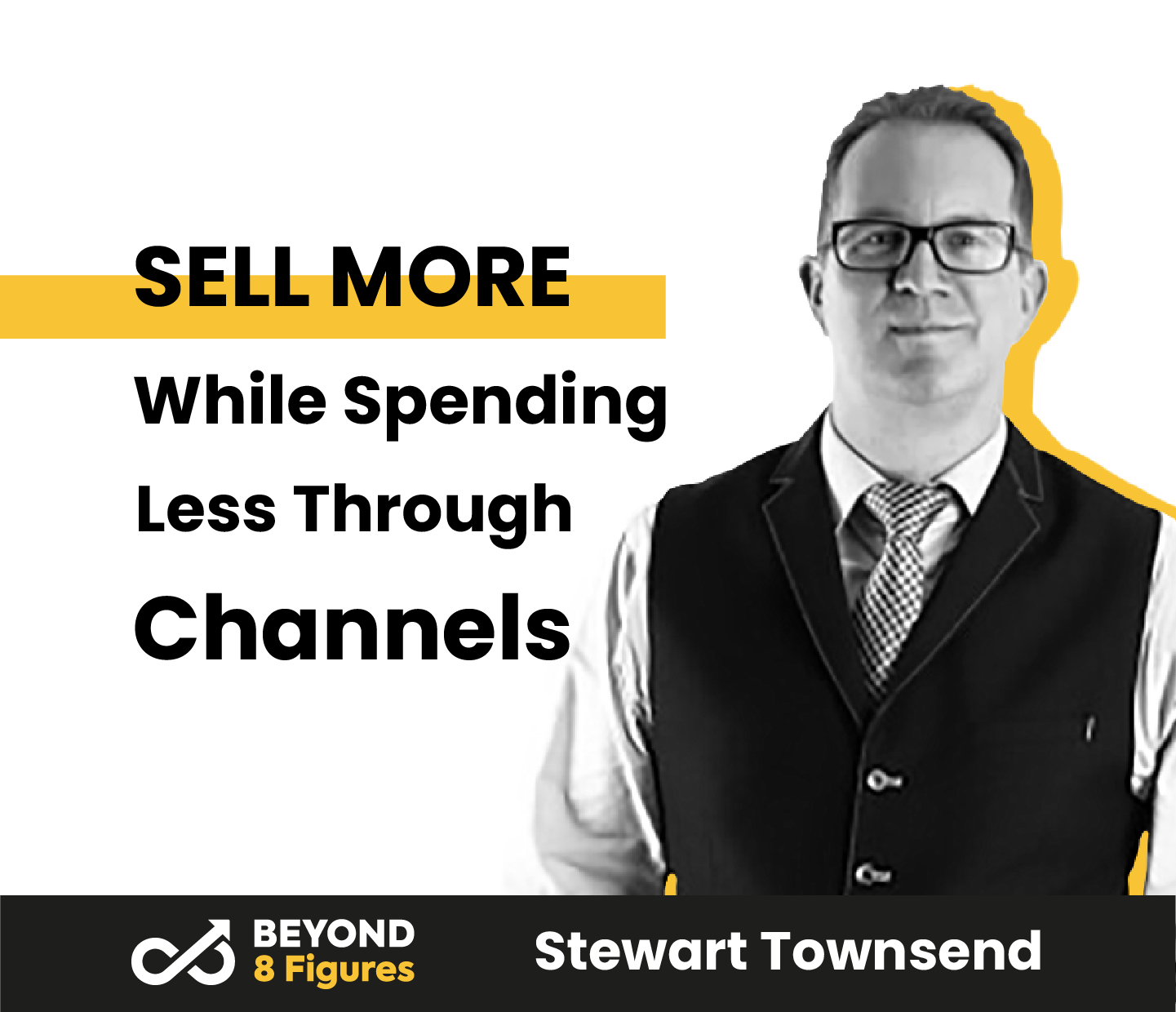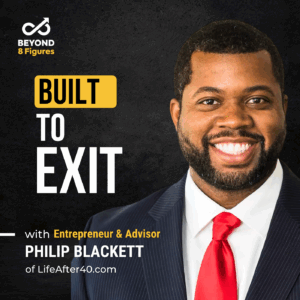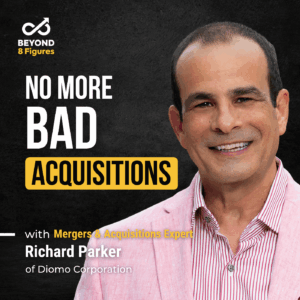
In today’s episode, Stewart Townsend takes us on a journey exploring what it took for him to transform his idea into a mature business. He shares insights on how you can sell more while spending and hiring less through channels. Tune in to learn more about channels and how you can start using them to grow your business.
Stewart Townsend is the founder of Channel as a Service, and he is on his journey towards 8-figures. He helps grow companies by guiding them in setting up indirect sales forces, also known as channels. Previously, Stewart held leadership roles at ZenDesk, DataSift, and Sun Microsystems.
What channels are in their simplest form?
“You have a product and you want to get it to a consumer or a business. How you get it there at the lowest cost is just a method. That method is you hire a lot of direct salespeople and do a lot of marketing. Or you can blend that with going through affiliates, referrals, resellers, third parties, etc. Give them a cut of the margin, pay them something, and get that deal in. Affiliates are just a powerful mechanism to get a product out to a market at a low cost.” – Stewart Townsend
How channels help SaaS businesses grow?
In a SaaS (Software as a Service) business, an indirect sales force refers to a sales model that relies on third-party partners, resellers, or channel partners to sell and distribute the company’s software products or services to end customers.
Instead of selling directly, SaaS companies partner with these indirect sales forces to expand its market reach, drive sales and drive business growth. These channel partners, which can include resellers, systems integrators, or consultants, bring industry expertise, established customer relationships, and market reach.
By leveraging these partnerships, the SaaS company gains access to new customer segments, geographical regions, and industry verticals that it may not have reached directly. Also, the company provides support, training, and incentives to its indirect sales forces, while also tracking their performance and maintaining strong relationship management. This indirect sales model allows the SaaS company to scale its business and benefit from the expertise and customer relationships of its channel partners.
On today’s episode:
- How today’s show is different – 00:57
- Stewart’s journey: from selling steel to million-dollar deals with Spotify – 03:49
- Oracle didn’t believe in startups 11 years ago – 07:42
- Living corporate life and start-up life at the same time – 10:04
- An offer he can’t refuse to have enough of it – 11:58
- How Stewart found his way after losing his savings – 14:33
- What is channel building? – 18:41
- Why you shouldn’t pay attention to the misinformation around channels – 19:30
- How did the business take off? (there was no grand plan) – 21:35
- What is Stewart’s vision for his business…and why he is not exiting- 25:07
- How Stewart sets himself up for a nomadic lifestyle – 29:42
- Do you have to be young to be nomadic? – 33:28
- How products transform from their original purpose – 34:28
- Revolutionary video service that will save you days of work – 35:21
- Write like this if you are making videos – 37:09
- How Stewart automates his content cycle – 37:54
- How channels help you scale your business and reduce your costs – 39:38
- How much you can grow your revenue through channels – 41:52
- What you need before you can start using channels – 42:43
- One of the first things that ever went viral – 46:00
- Before any company invests in you, you need to have this – 47:13
- What are the points? – 49:14
- How are multiple routes to market created (the marketplace model)? – 51:44
- How you can now create a one-man million-dollar business – 54:23
- Is it still true that 80% of businesses fail? – 55:31
- What today’s fast entrepreneurship culture needs – 58:36
- How to get on a free call with Stewart – 1:01:16
Key Takeaways:
- You have more of an impact working within entrepreneurial spaces than you do in large corporations.
- At corporate spaces you get marching orders with instructions telling you what to do, in software, as a service startup space there is more experimentation and excitement
- It takes longer than 6 months to start driving revenue through channels when you are starting from scratch; founders have difficulty understanding this strategically.
- Using channels is basically selling through third parties (affiliates, resellers, distributors) – it is an indirect sale.
- Channels are looked at as second class, this is a misconception. Affiliates are a powerful mechanism to get a product out to a market at a low cost.
- At its core, channels are about relationship building and strategic development
- 90% of Microsoft’s business goes through a channel, top corporations are heavily involved in selling through a channel
- Channels are a way to grow revenue without growing a headcount around that revenue.
- You can expect 23% more revenue within one year when using channels
- Companies who want to use channels must have a belief that indirect sales will add value to their business.
- Your customers tell you who your partners should be.
- Marketplace models such as Shopify reduce barriers to entry and make life easier for entrepreneurs. However, this makes it more competitive to come out on top. That being said, each person defines what success means to them. For some people, setting up a lifestyle business and being happy is the success they aim for.
- Without structure, methods, and processes that you can repeat, it is very hard to grow as a business.
Have you used channels before? Have you seen success using them? Tell us in the comments and don’t forget to say hello if you would like to share your entrepreneurship story on our podcast.
Connect with Stewart Townsend:
- Channel as a service website: channelasservice.com/
- Stewart Townsend’s personal website: stewarttownsend.com/
- LinkedIn: Stewart Townsend
- Stewart’s email: stewart@stewarttownsend.com
- Stewart’s Desert Rat Van on Instagram
Other links:
Dynamite circle: tropicalmba.com/join-the-dynamite-circle/
Raptor paint: raptorcoatings.com
Connect with A.J.Lawrence:
- Website: ajlawrence.com
- Instagram: @ajlawrence
- LinkedIn: A.J. Lawrence
- Twitter: @ajlawrence
- Medium: @a.j.lawrence
Follow Beyond 8 Figures:
- Website: Beyond8Figures.com
- Twitter: @beyond8figures
- Facebook: Beyond 8 Figures
- Instagram:@b8fpodcast




